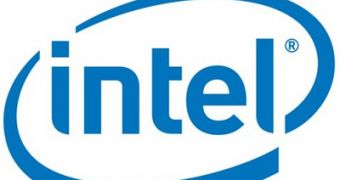Intel is getting ready, as consumers may know, to make a massive refresh to its processor lineup, by unleashing the Sandy Bridge platform of CPUs with integrated graphics, and it looks as though preparations may be coming along more quickly than one may expect or hope if the leaked roadmap uncovered by ComputerBase.de is anything to go by.
The current line of Core processors already has on-die graphics, but the new generation of such chips promises not only higher overall performance, for both the processing and video parts, but also an improvement to power efficiency.
One of the key points of Sandy Bridge will be the inclusion of the Advanced Vector Extensions (AVX), a more evolved set of constructions than SSE that accelerates complex applications.
Naturally, Intel will continue to implement its Turbo Boost technology, version 2.0 to be exact, that will maximize performance and complement these smarter algorithms.
For those interested in a reminder, the Turbo Boost technology automatically overclocks individual processor cores and maximizes performance, while still staying within the TDP envelope, when not all cores are used.
What's more, the chips will boast AES-NI, a more manageable hardware data encryption instruction set, and their IGP (the so-called GT2) and memory controller will be located on the same die as the processor cores.
The 2011 line of Core processors will have the same identifiers as the current ones (Core i3, Core i5 and Core i7).
Core i5 will try to balance “smart” features like Turbo Boost with mid-to-high end performance, Core i3 will stick to the essentials and Core i7 will, naturally, go all out and deliver all features.
Chips will have three-digit model numbers and will start from 5xx for Core i3 dual-core, 6xx for Core i5 dual-core, 7xx for Core i5 quad-core, 8xx for Core i7 LGA 1156 quad-core and 9xx for Core i7 LGA 1366 quad-core. Six-core CPUs will use a four-digit number scheme.
Finally, the special features that chips may possess will be denoted by special suffixes, such as K (unlocked multiplier for overclocking), S (energy efficient), T (low-power with lower clocks, leading to quad-cores of 35W), M (mobile), QM (quad-core mobile) and XM (extreme performance mobile).
Official introductions should occur by early 2011, with CES 2011 as the likeliest event.

 14 DAY TRIAL //
14 DAY TRIAL //